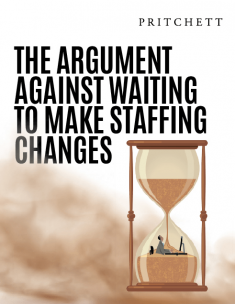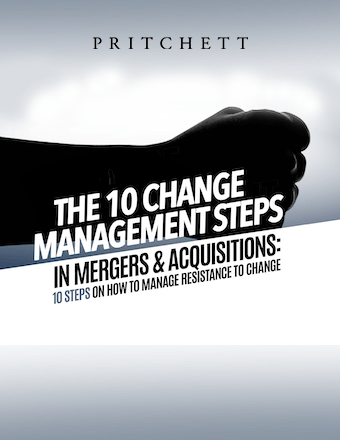The top management in the acquirer might argue that it is best to allow some time to get to know the abilities and potentials of the management team in the target organization. But that assumes that those people will hang around long enough for such a familiarization process to occur. Often, they do not.
Furthermore, while taking the slow route, a part of this getting-acquainted exercise may consist of seeing bad management decisions being made, mistakes that could have been prevented. Likewise, key opportunities may be lost. All in all, this can prove to be an expensive and time-consuming education process. This approach also drags out the integration of the two firms. It forestalls needed resolution and leaves questions unanswered, prolonging the anxiety and ambiguity, thus contributing to the chronic problem of post-merger drift.
This approach is not necessarily a kind and thoughtful way of dealing with staffing matters. Nor is it likely to be viewed favorably by people in the acquired organization. Rather than looking on this as a fair and equitable opportunity to prove themselves, they will more likely be anxiously waiting to see when and where the axe will fall.
The situation feels like benign neglect to people in the acquisition, as if they are being left to dangle helplessly in the wind. In their opinion, it would be better to get closure, to be appraised promptly and fairly, so that they can get on with their careers either secure in the merged firm or somewhere else.
There is real danger in deciding to “Do nothing and wait for the dust to settle.” It may, on the surface, appear that in employing this approach one is exercising sage restraint. But some good people may choose to leave while the merger is still stirring up dust.





